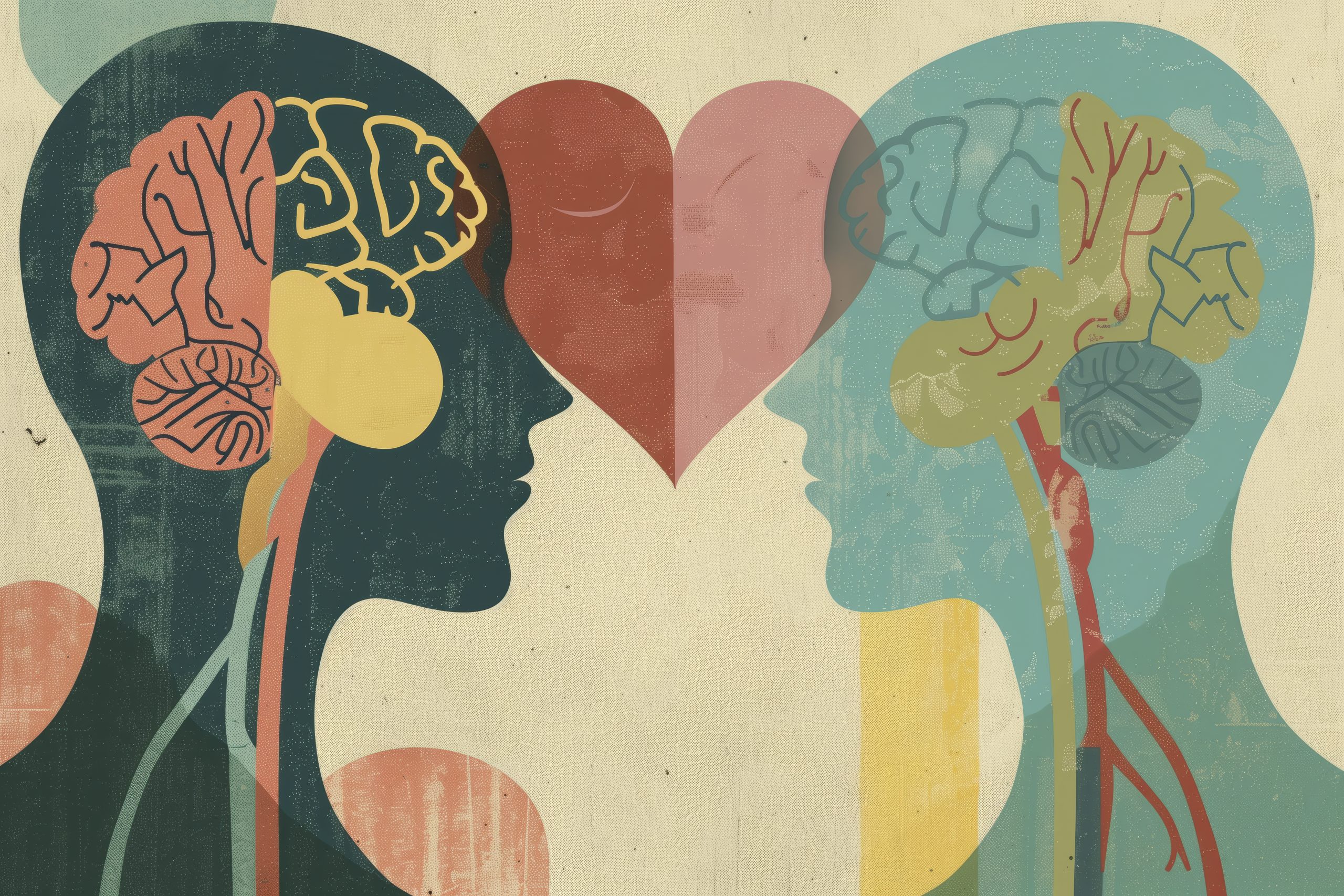
Understanding Occupational Therapy: A Guide for Neurodiverse Adults and Children
Enhancing Daily Life Skills Through Personalised Interventions
Occupational therapy (OT) is a client-centred health profession concerned with promoting health and well-being through occupation. The primary goal of occupational therapy is to enable people to participate in the activities of everyday life. Occupational therapists achieve this outcome by working with people and communities to enhance their ability to engage in the occupations they want to, need to, or are expected to do, or by modifying the occupation or the environment to better support their occupational engagement.
What is Occupational Therapy?
Occupational therapy involves the therapeutic use of everyday activities, or occupations, to treat the physical, mental, developmental, and emotional ailments that impact the ability to perform daily tasks. It aims to improve the quality of life and independence of individuals of all ages. Occupational therapists assess the person’s skills and the demands of the activity, as well as making interventions to increase independence and functionality.
The Core Principles of Occupational Therapy
Occupational therapists operate based on several core principles, including:
- Holistic Approach: Considering the physical, psychological, and social aspects of the patient’s life.
- Client-Centred Care: Involving the patient in the decision-making and goal-setting process.
- Functional Outcomes: Focusing on improving the ability to perform daily activities.
- Evidence-Based Practice: Using the latest research to inform treatment strategies.
Occupational Therapy for Neurodiverse Individuals
Neurodiversity is a concept that recognises and respects neurological differences as a natural and valuable variation of human diversity. It includes conditions such as autism spectrum disorder (ASD), attention deficit hyperactivity disorder (ADHD), dyslexia, and other developmental differences. Occupational therapy can play a significant role in supporting neurodiverse individuals by addressing the unique challenges they face and enhancing their ability to participate in meaningful activities.
Benefits for Neurodiverse Children
For children, occupational therapy can be instrumental in promoting development and learning, enabling them to achieve their full potential. Some of the key areas OT can help include:
- Fine Motor Skills: Improving the coordination of small muscles, such as those in the hands and fingers, essential for tasks like writing, buttoning clothes, and using utensils.
- Gross Motor Skills: Enhancing larger muscle movements required for activities such as running, jumping, and climbing.
- Social Skills: Supporting the development of appropriate social interactions, understanding social cues, and building friendships.
- Self-Care Skills: Teaching skills for dressing, eating, personal hygiene, and other daily routines.
- Sensory Processing: Helping children manage sensory sensitivities, such as sensitivity to noise, light, or textures, which can affect their ability to focus and participate in activities.
- Emotional Regulation: Assisting children in recognising and managing their emotions, reducing anxiety, and improving coping strategies.
Interventions Used in Paediatric Occupational Therapy
Occupational therapists use a variety of interventions tailored to the child’s specific needs and goals:
- Sensory Integration Therapy: Techniques designed to help children make sense of the sensory information they receive from their environment, improving their ability to respond appropriately.
- Play Therapy: Using play as a medium to develop skills and address challenges in a low-pressure, engaging way.
- Task Analysis and Adaptation: Breaking down tasks into smaller, manageable steps and adapting them to the child’s abilities.
- Environmental Modifications: Adjusting the child’s environment to better support their participation and independence, such as using adaptive equipment or modifying the layout of a classroom.
- Parent and Teacher Training: Educating parents and teachers on strategies to support the child’s development and participation in various settings.
Benefits for Neurodiverse Adults
Occupational therapy for adults focuses on enhancing their ability to perform daily activities, participate in work and social roles, and maintain mental health. Key areas where OT can help neurodiverse adults include:
- Workplace Skills: Improving organisation, time management, and communication skills to enhance job performance and satisfaction.
- Independent Living Skills: Teaching skills for managing household tasks, personal finances, and self-care routines.
- Health and Well-being: Supporting mental health through strategies for managing anxiety, depression, and stress.
- Community Participation: Facilitating engagement in social and recreational activities to reduce isolation and improve quality of life.
Interventions Used in Adult Occupational Therapy
Occupational therapists use various interventions to support neurodiverse adults:
- Adaptive Strategies: Developing techniques to compensate for challenges, such as using visual schedules or reminders for tasks.
- Skills Training: Providing training in specific skills needed for daily living, work, or social interactions.
- Environmental Modifications: Making changes to the home, workplace, or community environments to reduce barriers and enhance participation.
- Assistive Technology: Introducing tools and technologies that can aid in performing tasks, such as speech-to-text software or organisational apps.
- Cognitive Behavioural Strategies: Using approaches that focus on changing negative thought patterns and behaviours to improve emotional regulation and mental health.
The Role of Occupational Therapists
Occupational therapists play a critical role in the lives of neurodiverse individuals. Their responsibilities include:
- Assessment: Conducting comprehensive assessments to identify the individual’s strengths, challenges, and goals.
- Intervention Planning: Developing personalised intervention plans based on assessment findings and client goals.
- Implementation: Delivering interventions through individual or group sessions, as well as collaborating with other professionals.
- Evaluation: Continuously evaluating the effectiveness of interventions and making adjustments as needed.
- Advocacy: Advocating for the rights and needs of neurodiverse individuals within the healthcare system and broader society.
Conclusion
Occupational therapy is a vital resource for neurodiverse individuals, offering tailored interventions that enhance their ability to engage in daily activities, improve their quality of life, and achieve their full potential. By addressing the unique challenges faced by neurodiverse children and adults, occupational therapists help them to navigate their environments more effectively and participate more fully in their communities. Through a combination of skill development, environmental modifications, and supportive strategies, occupational therapy empowers neurodiverse individuals to lead more independent and fulfilling lives.



